Why Theory?
Because you need more than data to overcome stubborn challenges.
the·o·ry
/ˈTHirē/
A set of principles on which the practice of an activity is based.
Imagine you’re driving to a new destination. Which is more helpful: the view from your rearview mirror or the GPS guiding upcoming turns?
You want to know what’s coming, right? You want to predict the future.

Data vs. Theory
Just as a rearview mirror reflects where you’ve been, data tell us what’s already happened. Email subscribers, website views, etc. — these metrics are all lagging indicators.
If you want to anticipate the future, you need leading indicators and a nuanced understanding of how circumstances will affect outcomes.
Enter: Theory, or a set of principles or system of ideas to explain what causes what and why. Put simply, it’s a lens to look through to explain why something is happening.
Theory is NOT an answer. Rather, it is a mindset or tool to better see a challenge and, based on a prediction of the future, find a more effective solution in the present.
At the Clayton Christensen Institute, we go beyond data and use theory to better understand human behavior, business model innovations, and global market trends toward uncovering the unique insights and mindset shifts that directly influence positive social impact.
Learn more about each of our theories below.
Our Theories
Disruptive Innovation
A process by which a more accessible product or service initially at the bottom of a market then moves upmarket, eventually displacing established competitors.
Jobs to Be Done
A research method applied across a myriad of industries designed for understanding why people change behaviors.
Business Models
A four-box framework that illuminates an organization’s capabilities (what it can or can’t do) and priorities (what it must accomplish).
Modularity
An understanding of how different parts of a system’s architecture relate to one another and consequently affect the development and adoption of that system.
Tools of Cooperation
A framework that assesses stakeholders’ agreement on what the organization’s goals should be and how it can achieve them to effectively manage change.
Get our research at your fingertips
Sign up to receive email updates:

